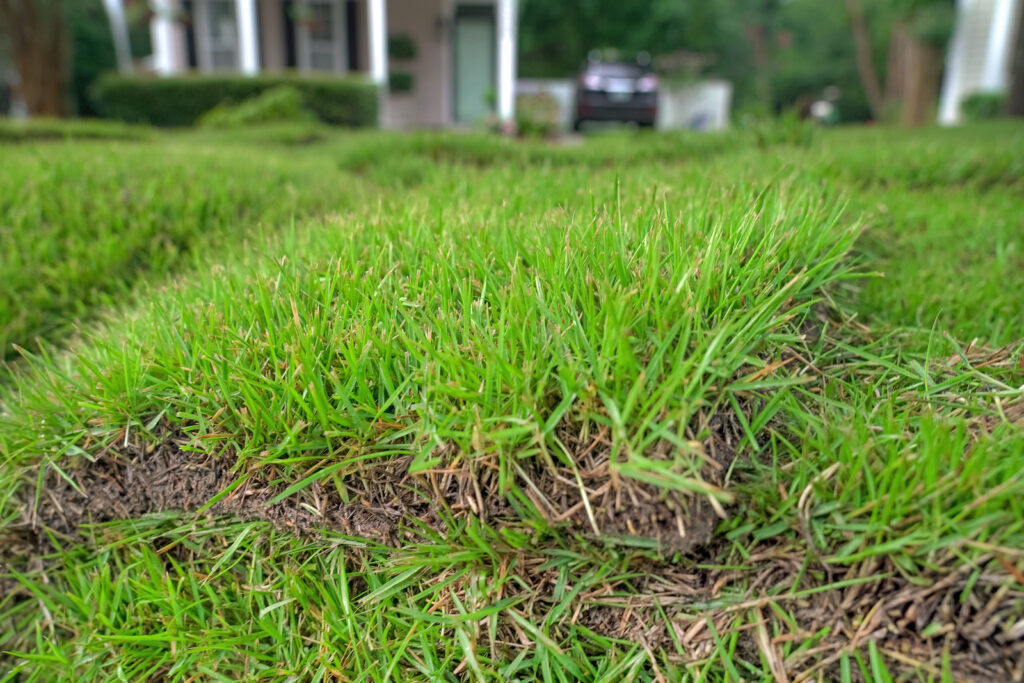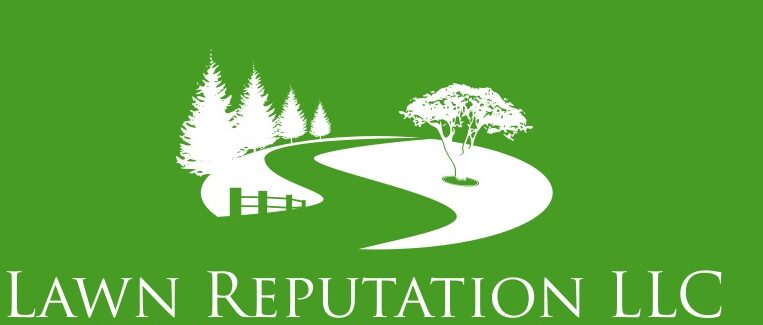Are you looking for Sod installation in summerville?
get the lawn you deserve !
Grass In Summerville
Summerville, South Carolina
Summerville is growing, and so should your lawn—the right way. Whether you’re in Nexton Parkway, Cane Bay, Carnes Crossroads, The Ponds, Wescott Plantation, Legend Oaks, or Summers Corner, we bring the best sod solutions to your home.
Are you looking for sod installation in Summerville?
Your home is an investment, and your lawn should reflect that. At Lawn Reputation, we specialize in matching the right sod to your property so your lawn thrives—not just for a season, but for years to come.
Planning your project before the spring rush is the best way to guarantee your spot on the schedule for sod installation in Summerville . Demand increases as the weather warms up, and securing your project early ensures you get the best sod selection and optimal timing for a healthy, established lawn.
If you’re curious about the types of sod available for your lawn in Summerville, please visit “Types of Sod For Your Lawn in Charleston” to learn more.
Welcome To Summerville ...
If you’ve just moved into Summerville, your probably wondering what is the best sod near me.
Or maybe you’ve already settled into your new home—first off, congratulations and welcome to the Low Country! One of the first questions on your mind might be: What type of grass do I have? For many new construction homes, homebuilders commonly lay centipede sod.
But is Centipede grass the best sod for your Summerville lawn?
The Underlying Issue With Your Summerville Yard. ..
Let’s be honest—unless you made specific requests when your home was being built, there was no way for the builder to know how you actually live in your yard. Home builders didn’t know that weekend cookouts with friends would mean high foot traffic on the lawn. Considering how pets love to run and play, it wasn’t taken into account that the grass would wear down over time. No one could predict that the small tree planted today would cast too much shade in ten years, making it harder for your lawn to thrive.
However, builders do their best to create a move-in-ready home, but when it comes to the grass, it’s often chosen for convenience, not longevity. The sod they install is meant to establish quickly and look decent at closing—not necessarily to support the way you use your outdoor space for years to come.
This is why so many homeowners start noticing problems within the first few seasons. Patches thin out. Grass struggles to bounce back after heavy rain, summer heat, or daily wear and tear. Some areas thrive while others seem permanently bare. However, this doesn’t mean your yard is beyond repair—in reality, the grass simply wasn’t chosen with your needs in mind.”
A lawn should be more than just the finishing touch on a new home—it should be built to support your lifestyle, adapt to your environment, and last for years to come. If your current lawn isn’t holding up the way you expected, the issue isn’t you. It’s that the grass wasn’t chosen for you in the first place.
Not All Grass Is Created EQUAL ....
Sod Varieties In Summerville
Choosing the right sod for your property is key because every grass type has its pros and cons. With 15 different sod varieties, we help homeowners select the best option based on:




Sod Varieties We Offer:
Zoysia (8) – Dense, lush, and weed-resistant, but slower to establish.
Bermuda (3)– Tough and drought-resistant but needs full sun.
Centipede (1) – Low-maintenance and slow-growing, perfect for easy care.
St. Augustine (3) – Thrives in shade but requires consistent lawn irrigation.
* Zoysia is a premium grass that is often in high demand. However, due to its slow growth, it takes longer to harvest at the sod farms. As a result, it is very common for sod farms to run out of certain Zoysia sod during the spring and summer seasons. Plan ahead when looking for sod installation in Summerville


What Is Included With Sod Installation?
At Lawn Reputation, we’re committed to providing the best sod installation experience possible. Here’s why our service stands out:
Precision Measuring: Our team starts by meticulously measuring your yard to ensure accurate sod coverage. We leave no room for guesswork, ensuring a perfect fit for your lawn.
Expert Grading: We’ll grade your ground with precision, smoothing out imperfections for a flawless finish. With our attention to detail, you can trust that your lawn will be in top shape.
Soil Enrichment: Unlike some companies, we enrich your soil with compost and organic matter, providing essential nutrients for long-term sod health. Your lawn will thrive under our care.
Skilled Sod Installation: Our experienced team will expertly install your new sod, transforming your yard with fresh, vibrant grass. From start to finish, we ensure quality craftsmanship.
Ongoing Support: For the first 90 days after installation, we’ll make three monthly visits to check on your sod’s progress and address any concerns. Your satisfaction is our priority, and we’re here to support you every step of the way.
Complimentary Soil Test: As an added bonus, we provide a complimentary soil test to assess the health of your soil and ensure optimal conditions for your new sod. We believe in delivering comprehensive service to our valued customers.
At Lawn Reputation, we stand behind our work because we believe in delivering nothing but the best for our customers. Experience the difference like our other amazing clients for your sod installation in Summerville.
More Than Just Sod....
Complete Turf Management
A beautiful lawn doesn’t stop at installation. To keep your grass healthy, we offer expert lawn care services, including:





Are you ready to get the lawn you deserve ? Follow the link below to schedule your consultation.
Location
- Charleston
- North Charleston
- Summerville
- Goose Creek
- Mount Pleasant
- Moncks Corner
- Berkeley County
Services
Get In Touch
8570 Rivers Ave Suite 110, North Charleston, SC 29406
- Email: [email protected]
- Phone: 843-765-0177
- Hours: Mon-Sun 24 hours
© 2025 All Rights Reserved.
